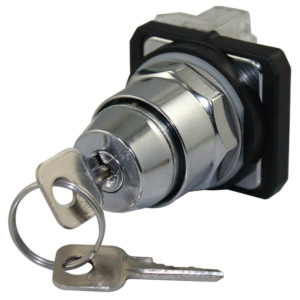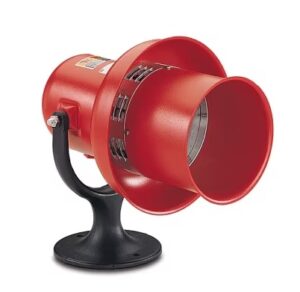
Hi, I’m John Lange, an electrician for the North Carolina Department of Transportation. I am responsible for maintaining three of the state’s most critical drawbridges—or at least I was when I wrote this. Who knows what future-me is up to now?
Interlocking is a critical part of ensuring the safe operation of any drawbridge. No matter how proficient a bridge operator may be, they are still susceptible to making mistakes caused by distraction, exhaustion or just plain confusion.
Interlocks between critical steps are designed to assure that one step cannot be initiated before a previous step is completed. For instance, it is common for the interlocking between traffic warning gates and traffic barrier gates to run in series through limit switches located in each gate. For the barriers to be allowed to lower, all interlock limit switches in all traffic gates must close at fully lowered , guaranteeing that the barriers will not be lowered with a traffic gate still raised.
But for maintenance and troubleshooting purposes, bypasses are installed allowing the interlock to be in effect removed from the circuit. These bypasses are installed for maintenance use only and bridge operators should always be prohibited from using these unless they have been specifically trained to do so by the maintenance personnel.
By bypassing an interlock, the operator may initiate almost any action regardless of the current state of the bridge. For example, by bypassing control power, gates, barriers and locks the operator could open the span with traffic still traveling over the bridge.
Maintenance departments who have not been properly trained have often used bypasses as a quick fix or have left circuits bypassed indefinitely. Countless stories are circulated in the drawbridge industry of locks being destroyed, or spans opened with no traffic control devices in place. Due to the severity of potential consequences of bypass misuse, a common sense bypass usage policy should be instituted and maintained for each bridge.
No person should ever have the authority to use an interlock bypass who does not fully understand exactly what circuits are being bypassed and what other circuits may also be bypassed with the same switch. An example may be that the use of a gate bypass may allow the lowering of a barrier without the lowering of all gates, but it may also allow the raising of a gate without the raising of all barriers.
Each bridge is different, but it is vital that the responsible maintenance departments should have personnel who are thoroughly trained in exactly what each interlock bypass accomplishes. It is also vital that everyone knows who can or cannot use a bypass switch. This should be strictly enforced with the threat of termination of employment, but sometimes even that threat is not enough.
Some bridge owners lock each bypass with a numbered seal and require each usage to be logged and justified. Others who have PLC controlled bridges can record a log of all bypass usage. And in extreme cases, it may even be necessary to install a camera and DVR setup to record all bypass usage.
But whatever it takes, unauthorized bypass usage must be controlled effectively to limit the potential for catastrophic consequences caused by untrained personnel. Safety interlocks are put in place by design engineers for very good reasons, and use of these bypasses by untrained personnel will eventually result in damage to the bridge or injury/death to either the public or members of the maintenance forces.
I would be interested in hearing any examples of interlock bypass misuse, or successful control policies that you have put in place. Please feel free to share your comments below.
